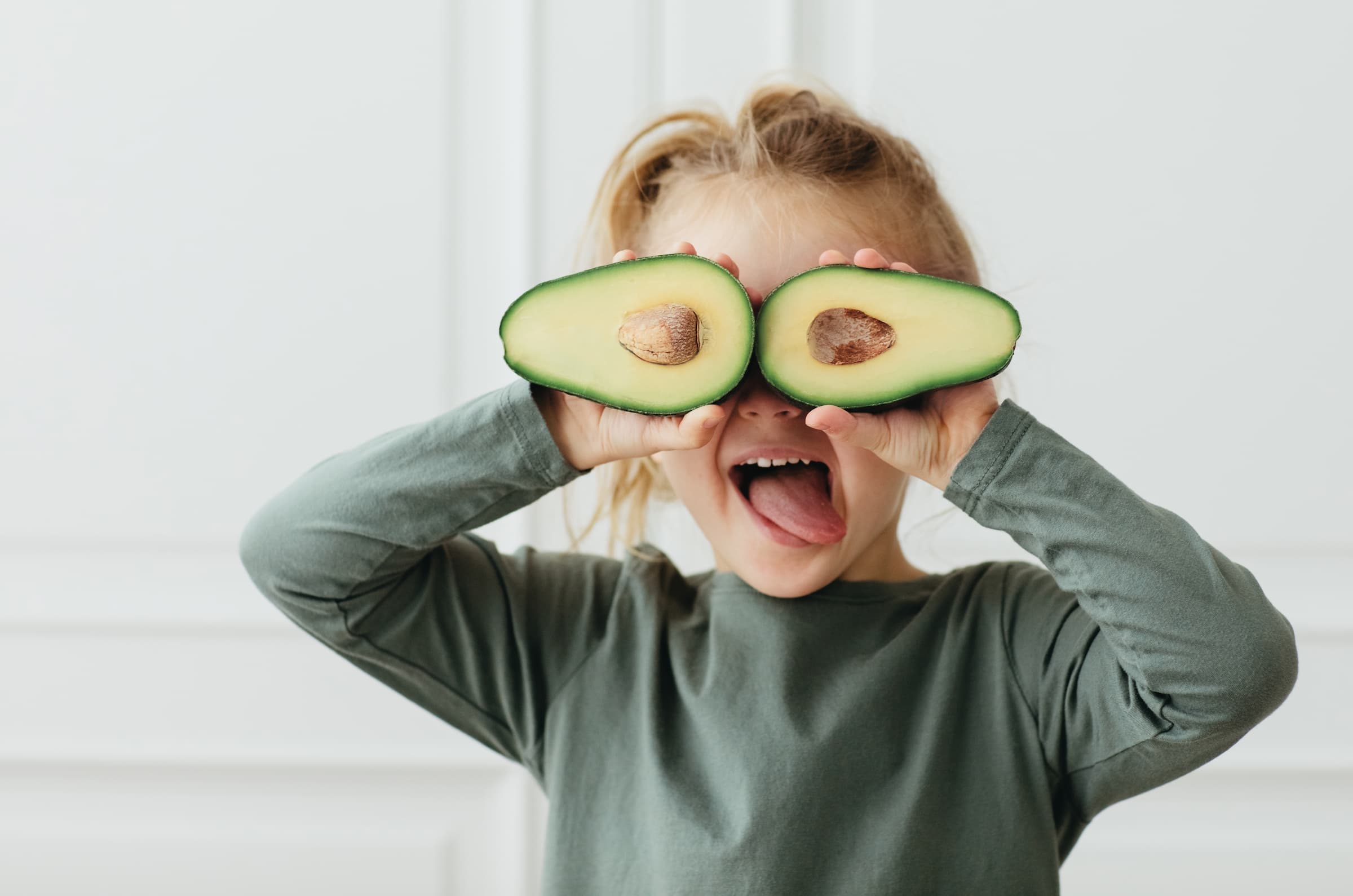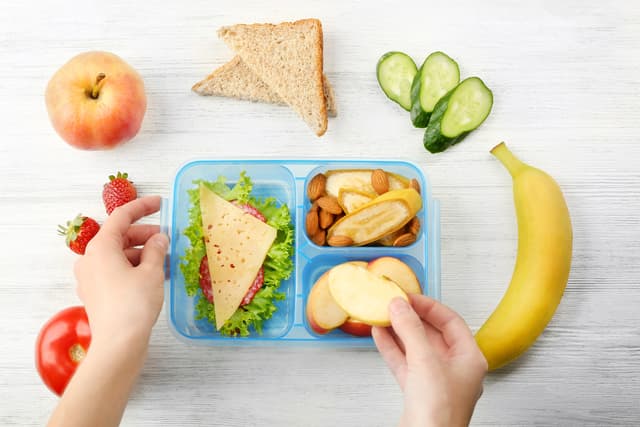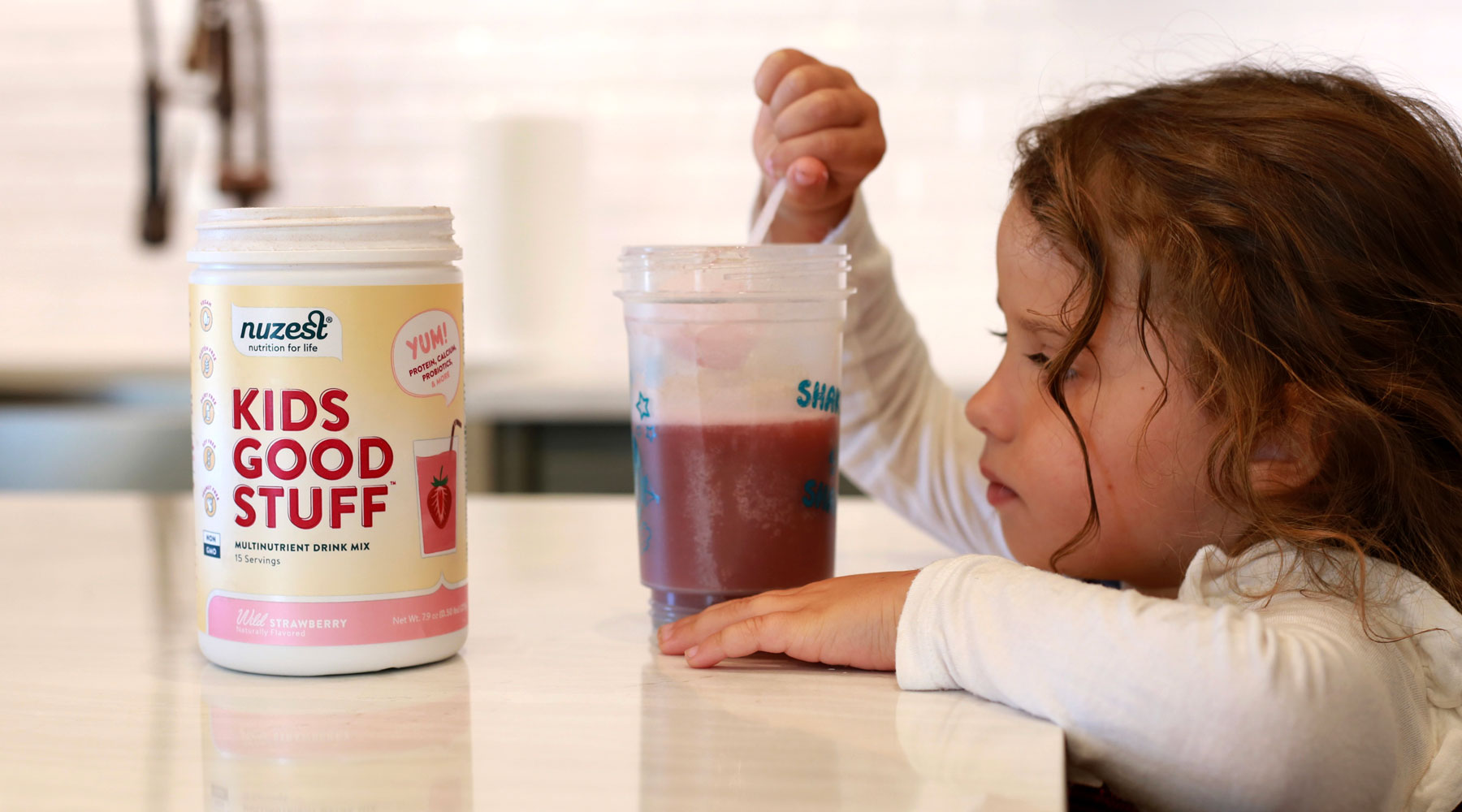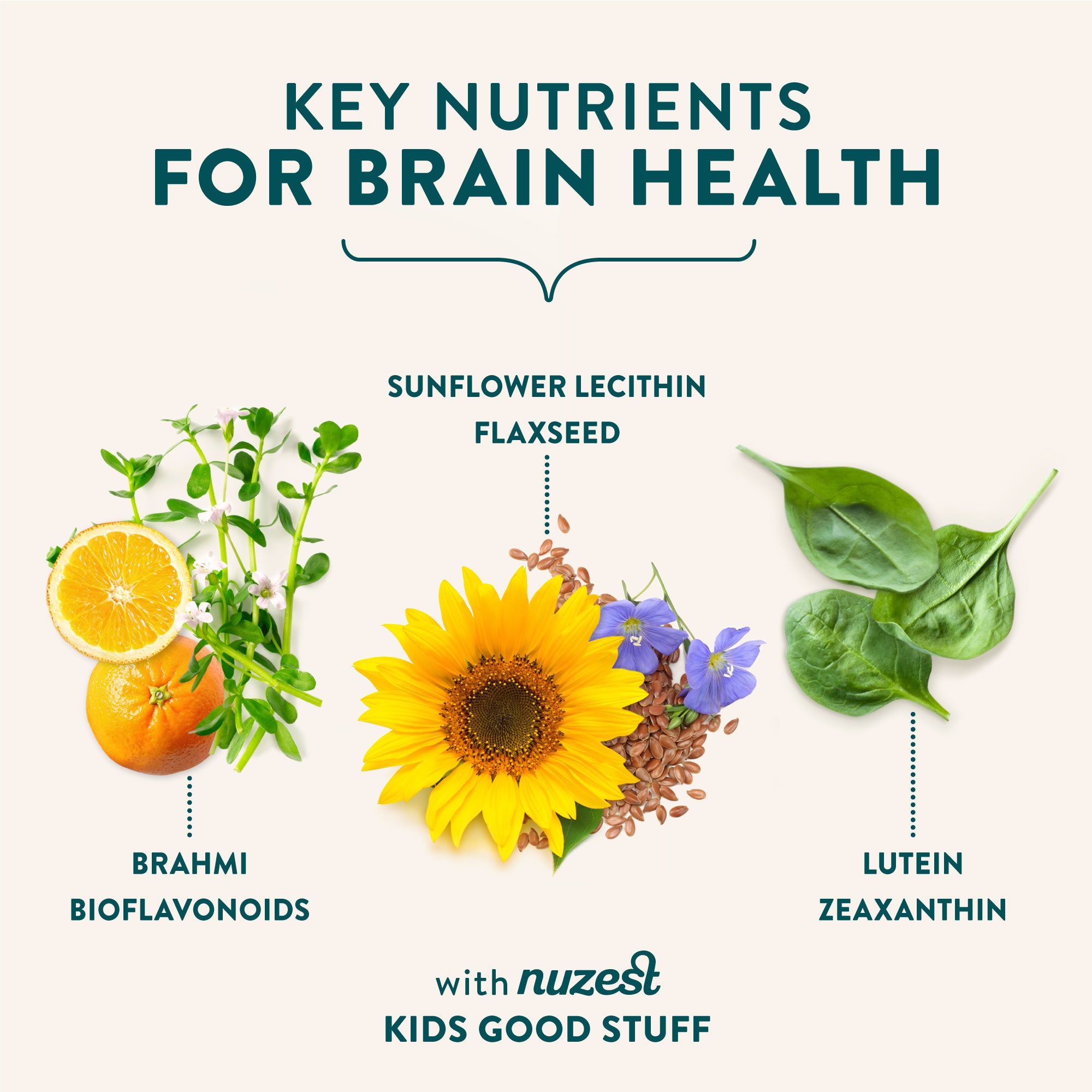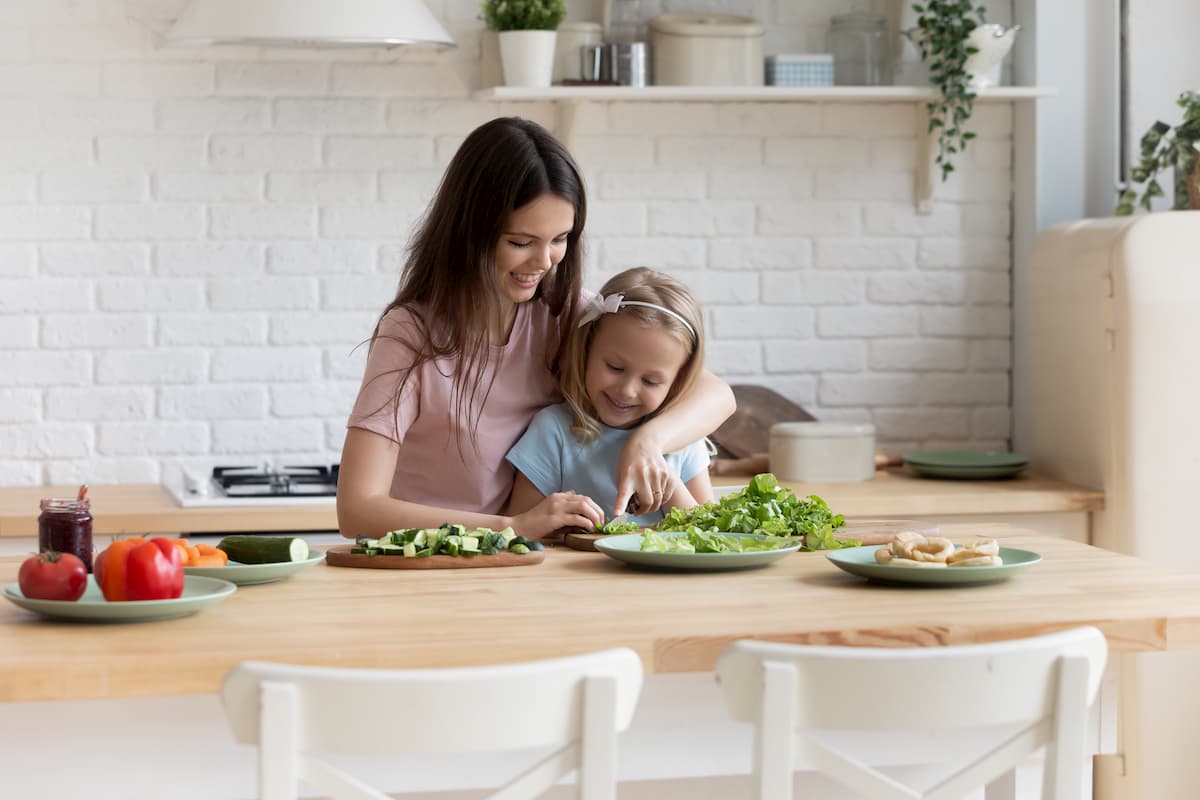Fruits and vegetables are an important part of a kid’s diet, however getting them into their tummies can be challenging! National health data indicates that only 5% of Australian kids are eating the recommended servings of vegetables every day, and 68% the recommended servings of fruit1.
We recently spoke to nutritionist, mother of two, and founder of Live Love Nourish, Casey-Lee Lyons, about her tips for parents who struggle to get their kids to eat enough fruits and vegetables. Casey-Lee is passionate about inspiring others to live happy and healthy lives by sharing whole-food recipes that nourish the body from the inside out. When she isn’t busy in the kitchen developing recipes, she can be found outdoors chasing the sun and making memories with her daughters.
In this interview, Casey-Lee discusses how many fruits and vegetables our kids should be eating and provides some practical tips for those who may be struggling to get their kids to reach this target. She also explores how to overcome color and texture aversions to food and shares her best advice for empowering kids to eat more fruits and vegetables.
1. Why is it so important for kids to eat fruits and vegetables? How much should they be eating each day?
Fruits and vegetables provide an amazing source of nutrition for kids, including vitamins, minerals, antioxidants and dietary fibre. Including fruits and vegetables in your child’s diet is important for their growth, development, and overall health and vitality. Eating a healthy diet that includes adequate fruits and vegetables may also help to reduce their chronic disease risk later in life.
How many fruits and vegetables your kids should be eating each day depends on their age, activity levels and appetite. However, as a general rule it is recommended that kids between the age of four and fourteen consume 1.5-2 serves of fruit and 4.5-5.5 servings of vegetables per day.
To find out how many serves of fruits and vegetables your child should be having each day, check out the Eat for Health website.

2. What are three things that parents can do to get their kids to try new fruits and vegetables?
- First and foremost, food should be fun, so it’s important to find fun ways to enjoy food with your kids! This might be drawing faces on the skin of your banana, creating funny faces on a plate using vegetable shapes, or giving fruits and vegetables fun and catchy names. Be creative and have fun!
- Secondly, get kids hands-on in the kitchen. The more kids are involved in cooking, the more likely they are to try new foods. Think homemade pizzas with vegetable toppings or nice cream made from frozen fruit. Your kids will benefit from this in many ways as they will experience food in a positive way and feel more empowered and confident in their food literacy skills.
- Finally, get your kids involved in your fruit and vegetable shopping. When kids are involved in the process and given the opportunity to explore and play by choosing the fruits and vegetables they think they would like to eat, they are more likely to eat them.
3. Is hiding fruits and/or vegetables in your kid’s food a good strategy to get them to eat more fruits and/or vegetables at mealtimes?
In my opinion, any opportunity we have to bump up the nutritional value of our kid’s meals is a good opportunity. Parents with picky eaters often struggle to get their kids to eat enough fruits and vegetables, so alongside working on strategies to get your kids to try new foods, finding unique ways to include more fruits and vegetables in their meals can help to meet their daily requirements in the interim. An example of this could be adding grated cauliflower to rice or grating zucchini and carrot into spaghetti bolognese. In these examples, you are adding vegetables into foods that your kids are probably familiar with. For many kids, this is a lot less overwhelming than having a new food on their plate on its own.
Have a particularly fussy eater? Read our interview with specialist pediatric dietitian Jessica Gust (MS, RDN) for her top tips for parents with picky eaters.

-
Many kids have color or texture aversions to certain fruits and vegetables. What are some things can parents do to help overcome these?
Food aversion to color and texture can be tricky for kids as they develop confidence and familiarity around food. This can range from picky eating to more significant aversions where working with a specialist pediatric dietitian or nutritionist would be recommended.
Below are some simple strategies that you may like to try…
- Encourage your kids to interact with food. Create a fun and relaxed environment for them to explore food without pressure. Make sure you include foods they like in the presence of those that you are encouraging. Have no expectations but provide as much opportunity for interaction as you can.
- Allow kids to explore new foods by cooking together. When they are playing "mini chefs" they may feel braver and more open to trying something new as it is within an environment that is fun and more relaxed.
- Build on the textures that they have preferences for and take small steps. Patience, persistence and no pressure are key.
- Serve a preferred or favorite food alongside new foods. Having familiar foods around will help them to feel safer in trying new foods.
- Make it fun and child driven. Let them lead the way and show how much they are ready for.
-
You’re a mum of two young girls, what have been some of the most effective strategies that you have used to get them to eat more fruits and vegetables.
The best thing I have done with my oldest who is four years old is getting her involved in the kitchen, our shopping and activities that involve her learning where food comes from. From the age of two she has been helping me in the kitchen with tasks such a washing veggies, mixing, whisking and cooking our meals. She loves to help pick our fruit and veggies from the store and enjoys getting hands on in the herb garden. All of these things are not only fun for kids, but they give them an opportunity to build a positive relationship with food and inspire healthy eating.
-
Finally, what would your advice be to parents who are looking to empower their kids to eat more fruits and vegetables?
- Lead by example! Our kids learn a lot of their food choices from what we do. They pick up on so much more than we realize and if we are offering them the opportunity to see us enjoying fruits and vegetables in a fun and positive way, they are more likely to associate with them in the same way.
- Be consistent. Keep offering but without pressure. Kids feel pressure easily and under stress they are less likely to eat more. Keep it fun, be a role model and let them get involved in the kitchen. Persistence and praise are key!
- Family mealtimes are important. Family mealtimes offer a wonderful opportunity to model healthy eating, so try to include as many of them in your week as you can.
- Persistence without pressure. This will help your kids to feel more confident around fruits and vegetables. Serve them as a snack with dip, let your kids arrange them on a snacking plate and make them a regular part of your family’s meals.
To be inspired by Casey-Lee and her family (and kid) friendly recipes, check out her website. You can also learn more about Casey-Lee and her work by following her Instagram and Facebook.
For more information on healthy snacking for children (without pressure!) check out this article by Naturopath Stephanie Radnan.
References

